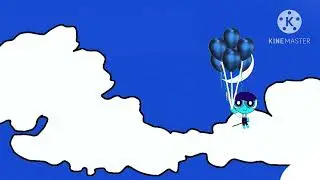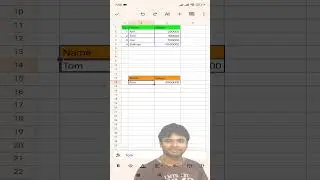Integrating servlets and JSP
Integrating Servlets and JSP (JavaServer Pages) is a common approach in Java web development, especially when following the Model-View-Controller (MVC) architecture. This integration allows for a clean separation of concerns, with Servlets handling business logic (Controller) and JSP pages managing presentation (View). Here's how you can integrate Servlets and JSP effectively:
1. Define MVC Structure:
Model (Data Layer): Represents the data and business logic of the application.
View (Presentation Layer): Generates the user interface and displays data to the user.
Controller (Logic Layer): Handles user input, processes requests, and interacts with the Model and View components.
2. Implement Servlets:
Servlets act as controllers in the MVC architecture, handling HTTP requests, processing data, and coordinating with the Model and View components.
Write Servlet classes to handle different types of requests (e.g., doGet, doPost) and perform appropriate business logic.
3. Use JSP for Presentation:
JSP pages serve as the view layer in the MVC architecture, responsible for generating dynamic HTML content based on data received from Servlets.
Create JSP pages to display user interfaces, forms, and data retrieved from Servlets.
4. Forward Requests from Servlets to JSP:
Use the RequestDispatcher interface to forward requests from Servlets to JSP pages for rendering.
In Servlets, obtain a reference to the RequestDispatcher for the target JSP page using request.getRequestDispatcher("page.jsp"), and then use forward() method to forward the request.
5. Pass Data from Servlets to JSP:
Set attributes in the request scope, session scope, or application scope in Servlets using request.setAttribute(), session.setAttribute(), or ServletContext.setAttribute() methods.
Retrieve these attributes in JSP pages using Expression Language (EL) or scriptlets to dynamically generate content based on the data received.
Example Integration:
Servlet (Controller):
java
Copy code
@WebServlet("/products")
public class ProductServlet extends HttpServlet {
protected void doGet(HttpServletRequest request, HttpServletResponse response) throws ServletException, IOException {
ListProduct products = productService.getAllProducts();
request.setAttribute("products", products);
RequestDispatcher dispatcher = request.getRequestDispatcher("/WEB-INF/views/products.jsp");
dispatcher.forward(request, response);
}
}
JSP (View - products.jsp):
In this example, the ProductServlet retrieves a list of products from the database, sets it as an attribute in the request scope, and forwards the request to the products.jsp page for rendering. The JSP page then dynamically generates an HTML table displaying the product data received from the Servlet.



















